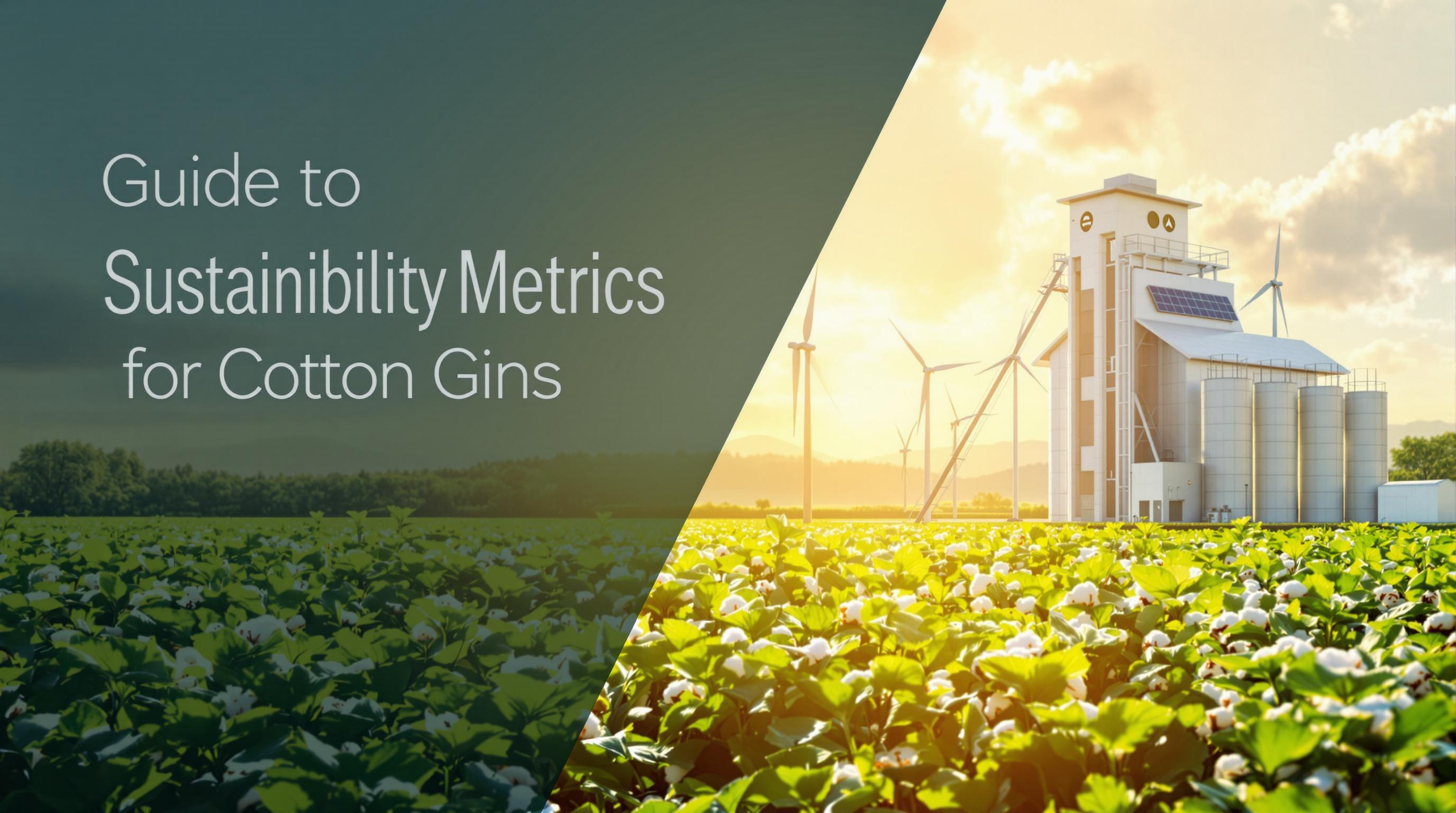knowing that a well-run team can make the difference between a bumper crop and costly delays. Cotton farm labor management goes beyond hiring—it's about optimizing your workforce for peak performance, reducing turnover, and ensuring safety while keeping costs in check amid rising wages and regulations. In an industry where labor accounts for 15-25% of production expenses per USDA data, effective strategies can boost efficiency by 20%, freeing resources for innovations like precision planting or sustainable practices.
Extension studies from major cotton belts show that farms with structured labor programs see 10-15% lower injury rates and higher productivity, as trained workers handle tasks like scouting or irrigation more effectively. Factors such as seasonal demands, skill gaps, and compliance all influence outcomes, but with tailored approaches, you can address challenges like migrant worker availability or skill shortages. For seasoned managers, this means blending traditional oversight with modern tools, drawing on human resource principles and ag-specific data to build resilient teams that support long-term profitability.
If you're planning for the future, pair this with our Cotton Farm Succession Planning: Strategies for Smooth Family Transitions for leadership continuity.
Assessing Your Labor Needs and Workforce Gaps
Effective cotton farm labor management starts with a clear picture of your requirements—rushing hires without analysis can lead to mismatches that drag down operations and morale.
- Seasonal Demand Mapping: Chart tasks by month; planting/scouting peak in spring needs 20-30% more hands than off-season maintenance, per labor studies—use spreadsheets to forecast based on acreage and variety maturity.
- Skill Inventory Audits: Evaluate current team for competencies like equipment operation or pest ID; gaps in 15-20% of roles, common in aging workforces, signal training needs or targeted recruiting.
- Turnover Analysis: Track exit reasons; rates above 30% often stem from pay or conditions—anonymous surveys reveal fixes, reducing rehiring costs by 25%.
Customize for your scale; large operations use software like FarmLogs for tracking. Challenges in rural areas with limited pools are met by regional benchmarks from extensions.
Recruiting and Hiring Strategies for Reliable Workers
Finding the right people is key—cotton farm labor management thrives on proactive sourcing that attracts skilled, committed teams.
- Local Network Leveraging: Partner with ag colleges or co-ops for interns; this taps young talent, with 40% converting to full-time per placement data, building loyalty early.
- Migrant Labor Programs: Use H-2A for seasonal needs; streamline with agents to meet deadlines, ensuring 20-30% workforce stability in peak times—comply with housing/wage rules to avoid fines.
- Online Job Postings: List on Indeed or Farm Journal sites with details like "competitive pay for experienced irrigators"; targeted ads reach 50% more applicants, filtering for skills like tractor operation.
Background checks and trials ensure fit; offer bonuses for referrals to cut recruitment costs 15-20%. Challenges like competition from other sectors are met by highlighting benefits like housing or flexible hours.
Link to our Study: Impact of Partnerships on Cotton Sustainability for Co-op Collaborations.
Training Programs to Build Skilled Teams
Invest in development—cotton farm labor management elevates performance through targeted training that reduces errors and boosts safety.
- Onboarding Protocols: New hires get 1-2 week orientations on safety/operations; include hands-on like calibration demos, cutting accidents 25% per OSHA-ag stats.
- Skill-Specific Workshops: Annual sessions on IPM or precision tech; certify in pesticide handling to comply and improve efficacy, lifting yields 5-10% through better applications.
- Leadership Development: Promote from within with management training; this lowers turnover 15-20%, fostering supervisors versed in cotton cycles.
Use online modules from extensions for flexibility; track progress with logs. Challenges in multilingual crews are met by bilingual materials.
Performance Management and Incentive Systems
Motivate for results—cotton farm labor management uses clear metrics and rewards to align teams with goals like timely harvests.
- KPI Setting: Define measures like acres scouted/day or irrigation efficiency; weekly reviews keep accountability, improving output 10-15%.
- Incentive Structures: Bonus for yield targets or safety records; piece-rate for picking adds 20% speed, but cap to prevent burnout.
- Feedback Mechanisms: Regular one-on-ones; anonymous boxes uncover issues, boosting morale and retention 15-25%.
Tailor to team size; software tracks. Challenges in seasonal workers are met by end-of-season bonuses.
Safety Protocols to Protect Your Workforce
Prioritize well-being—cotton farm labor management integrates safety to minimize risks from machinery or chemicals, ensuring compliance and productivity.
- Hazard Assessments: Annual field audits for risks like tractor rollovers; install ROPS on equipment, cutting fatalities 50% per NIOSH data.
- PPE and Training: Mandate gloves/masks for pesticides; certify applicators, reducing exposure incidents 30%.
- Emergency Plans: Drills for heat stress or injuries; stock kits and train first aid, shortening downtime.
Document for OSHA; incentives for safe days. Challenges in heat-prone belts are met by shade breaks.
Labor Law Compliance and Documentation
Stay legal—cotton farm labor management avoids fines through rigorous adherence to wages, hours, and worker rights.
- Wage Tracking: Use time clocks for accurate pay; comply with minimums/overtime, averting audits.
- H-2A Requirements: Proper housing/transport for migrants; annual filings ensure visas, supporting 20-30% workforce.
- Record Keeping: Maintain I-9s/pay stubs; software like QuickBooks streamlines, reducing errors 25%.
Consult lawyers annually; training prevents violations. Challenges in documentation are met by digital tools.
Technology Tools for Labor Efficiency
Tech streamlines—cotton farm labor management uses apps to track, schedule, and communicate, freeing time for core tasks.
- Scheduling Software: Tools like Deputy assign shifts; reduces conflicts 20%, optimizing for peaks.
- Time/Attendance Apps: Mobile punch-ins like TSheets; accurate payroll cuts disputes 15-25%.
- Communication Platforms: Slack or WhatsApp for updates; real-time alerts improve response 30%.
Integrate with farm management systems; low-cost starters scale. Challenges in adoption are met by training sessions.
Building a Positive Farm Culture
Culture retains talent—cotton farm labor management fosters loyalty through respect and growth opportunities.
- Team Building Activities: Annual barbecues or trainings; boosts morale, reducing turnover by 15-20%.
- Career Path Development: Promote skilled workers; clear advancement cuts exits 10%.
- Feedback Loops: Regular surveys; addressing concerns improves satisfaction 25%.
Celebrate milestones; family-inclusive events strengthen bonds. Challenges in seasonal crews are met by end-of-season recognition.
Economic Analysis of Labor Investments
Invest wisely—cotton farm labor management balances costs with productivity gains for net positives.
- Cost Breakdown: Training $500-1,000/year per worker; returns through 10-15% efficiency lifts.
- Turnover Savings: Reducing 30% rate saves $2,000-5,000 per hire in recruiting.
- Incentive ROI: Bonuses add 5-10% output; net $20-50/acre in yields.
Calculate with spreadsheets; incentives like health benefits add value. Challenges in tight budgets are met by phased rollouts.
Regional Labor Management Variations
Adapt to locale—cotton farm labor management varies by belt for targeted efficacy.
- Southwest Migrant Heavy: H-2A focus; housing upgrades cut turnover 20%.
- Southeast Family Farms: Internal training; apprenticeships build skills.
- Mid-South Mechanized: Tech for fewer hands; drones reduce scouting labor 30%.
Local labor boards provide data; adjust accordingly.
Case Studies: Labor Management Success
In California, a 2,000-acre farm used apps for scheduling, cutting overtime 25% and boosting morale per data. Texas operations with safety incentives reduced injuries 40%, saving $10,000 yearly.
These illustrate wins; scale to your context.
Future Trends in Farm Labor Management
Automation and AI will reshape—cotton farm labor management evolves with robots for picking, cutting needs 20-30%.
Remote training via VR; blockchain for compliance.
Stay informed; adopt early for edges.
For AI, see our Why AI-Driven Yield Prediction Matters for Cotton Farmers.
Labor Cost Comparison Table
Here's a table comparing labor costs in cotton farming based on general industry data:
| Region | Average Wage ($/hr) | Turnover Rate (%) | Training Cost ($/worker) | Productivity Gain from Best Practices (%) |
|---|---|---|---|---|
| Southwest | 15-18 | 35 | 800 | 20 |
| Southeast | 12-15 | 25 | 600 | 15 |
| Mid-South | 14-17 | 30 | 700 | 18 |
| Plains | 13-16 | 28 | 650 | 17 |
This overview aids budgeting; adjust with local data from USDA.
Measuring Success and Continuous Improvement
Track to refine—cotton farm labor management requires metrics for ROI.
- KPI Setup: Productivity (acres/person); aim 10% annual gain.
- Tools: Software for turnover tracking; 20% reduction goal.
- Surveys: Annual feedback; satisfaction >80% targets retention.
Monthly reviews; pivot strategies. Challenges in metrics are met by simple logs.
Actionable Takeaways for Your Labor Plan
Implement these for cotton farm labor management:
- Assess Needs: Map demands/skills; identify gaps.
- Recruit Strategically: Use networks/programs; incentivize referrals.
- Train Effectively: Onboard/skill workshops; certify key roles.
- Manage Performance: Set KPIs/incentives; provide feedback regularly.
- Prioritize Safety/Compliance: Assess hazards; document thoroughly.
Cotton farm labor management optimizes teams, ensuring efficient operations. For tech, visit our Advanced Drone Applications in Cotton Farming: Enhancing Yield and Efficiency.
Cotton farm labor management turns the workforce into an asset, positioning your farm for success.


